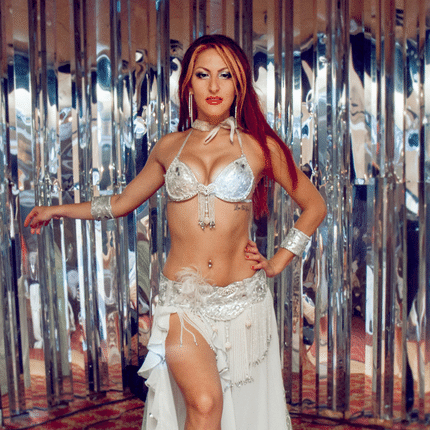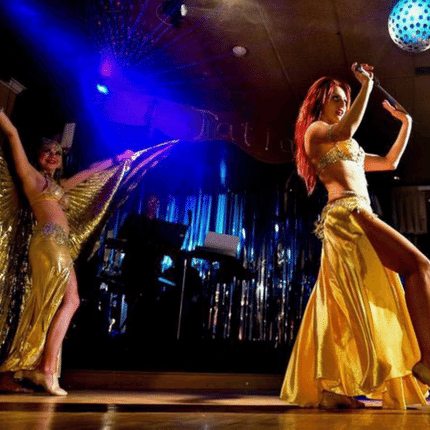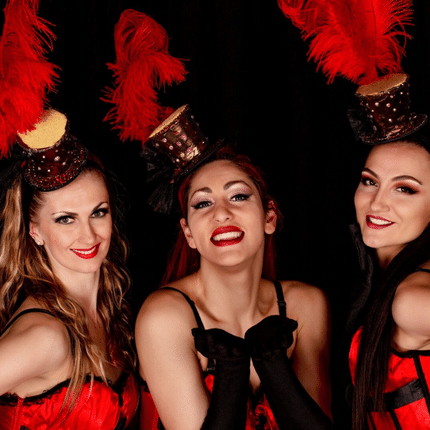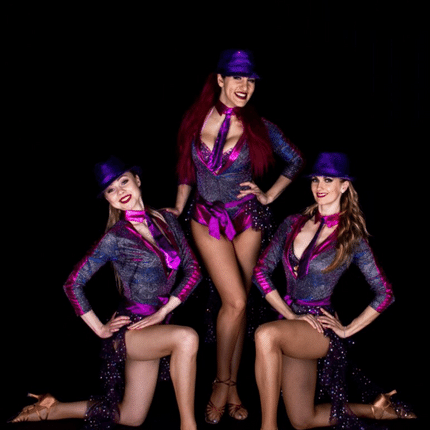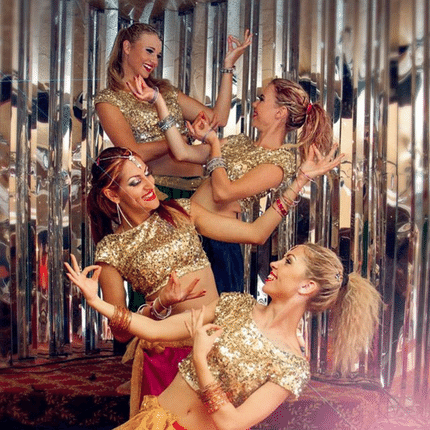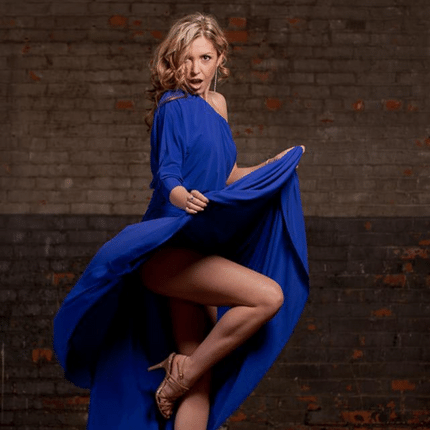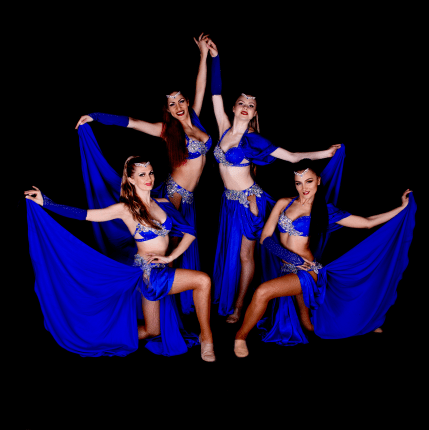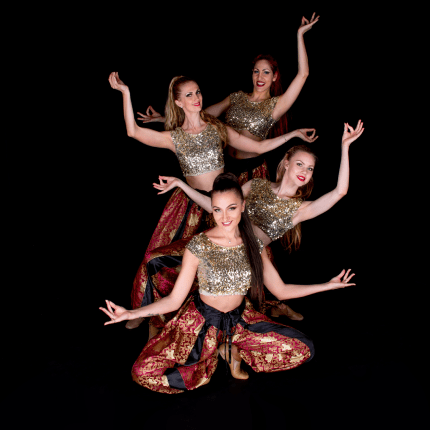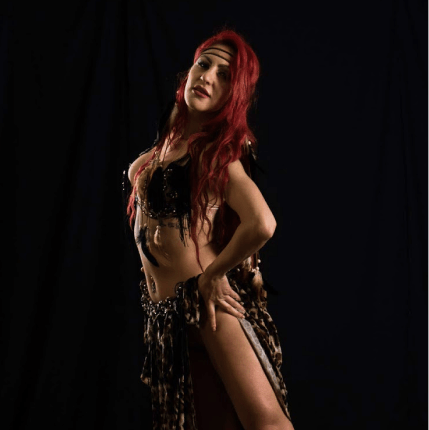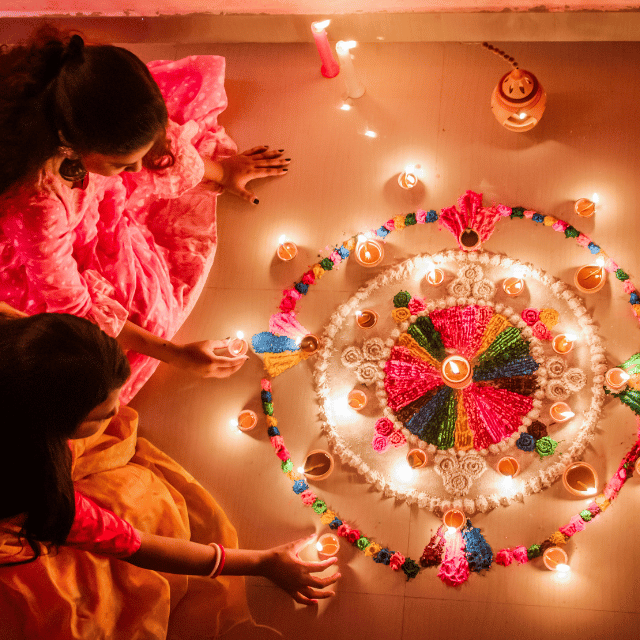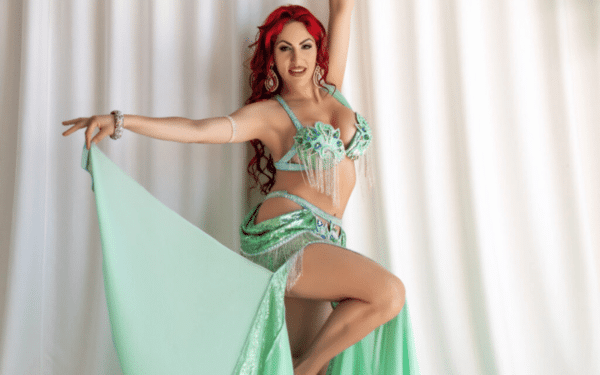
The Hypersexualization of oriental dance has had real consequences for performers in some countries. For example, oriental dance became associated with poor values, promiscuity and obscenity in Egypt. Many even see it as a form of prostitution. As a result, such performances became stigmatized, forcing some dancers (usually women) to perform in secret.
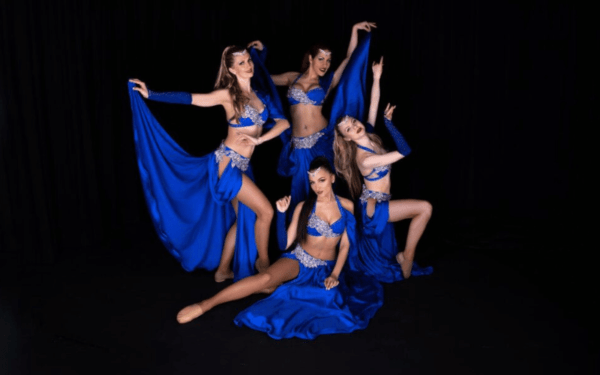
But why did Egypt become so intolerant to the art form created in its lands? Over the years, Egypt has adopted more strict (religious) views on the costumes and choreography shown in dance shows, which are seen as haram (sinful). As a result, it is becoming increasingly difficult for performers to do their job.
But it’s not only in Middle Eastern countries that Bellydance fell victim to Hypersexualization. Many people in western countries view Bellydance as an inappropriate dance form for their kids or at their events.
Learning to challenge our distorted views of oriental dance is very important. But to do this, we must understand where these views come from. One possible source of these misconceptions may be the Western depiction of Middle Eastern harems. Previously, harems were common in the cultures of the Middle East and some of the Mediterranean. In the general context of Muslim culture, a harem means a room where all the family’s women can gather and where men are forbidden.
HIRE FEMALE DANCERS: INCREDIBLE ENTERTAINMENT

In the past, the sultans’ wives, workers and slaves lived in harems. This fascinated European artists, which depicted harems in their paintings. Many of these artistic depictions have heightened the scope of sexual submission, painting women lying in subjective poses and very little dressed, which is common in Oriental art. As if sexual availability was the only goal of women in harems, misleading the viewers about its meaning.
It also happens that, in some cases, famous dancers reside in harems. They performed privately and on special occasions. It is dancers like the one depicted in the Dance of the Alma that inspired the current vision of oriental dancers. Sensual, seductive and in the spirit of Salome.
Unfortunately, many perceive oriental dance only in a sexual way instead of considering it as an art form and making it very harmful to the art form.
Oriental dance can be sensual. He can show great sex appeal, whether playful or sultry. Nowadays, many women attend oriental dance classes to learn how to express their sensuality and master their sexuality. There is nothing wrong with that. Most dance forms can be perceived as such, Latin, jazz, dancehall, and hip-hop.
The sexual stereotype of Bellydance reduces its value and focuses on sexual elements instead of appreciating its various features. Moreover, many already perceive it as a dance genre only for women. When these two aspects of oriental dance are combined, it tends to manifest to objectify and hypersexualize women.
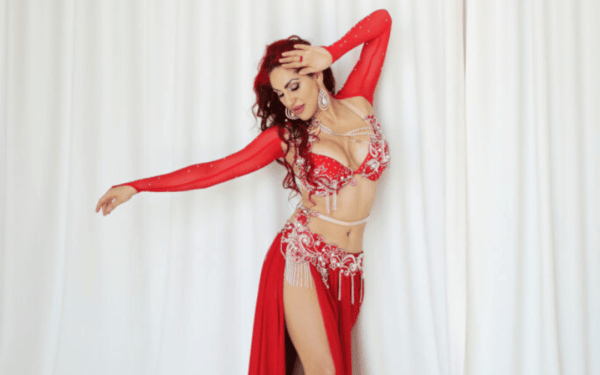
The sensual aspect of oriental dance also comes from the involvement of hips and chest movements, which tend to emphasize parts of the body associated with sexual attraction. Additionally, some performers aim to be seductive and use romantic or sensual songs to convey these particular themes. However, oriental dance is not limited to this. It can also evoke various emotions and tell an endless number of stories. Oriental dance can be sad, melancholy or cheerful. You can even include comedy in the choreography. After all, it doesn’t have to be sexual.


